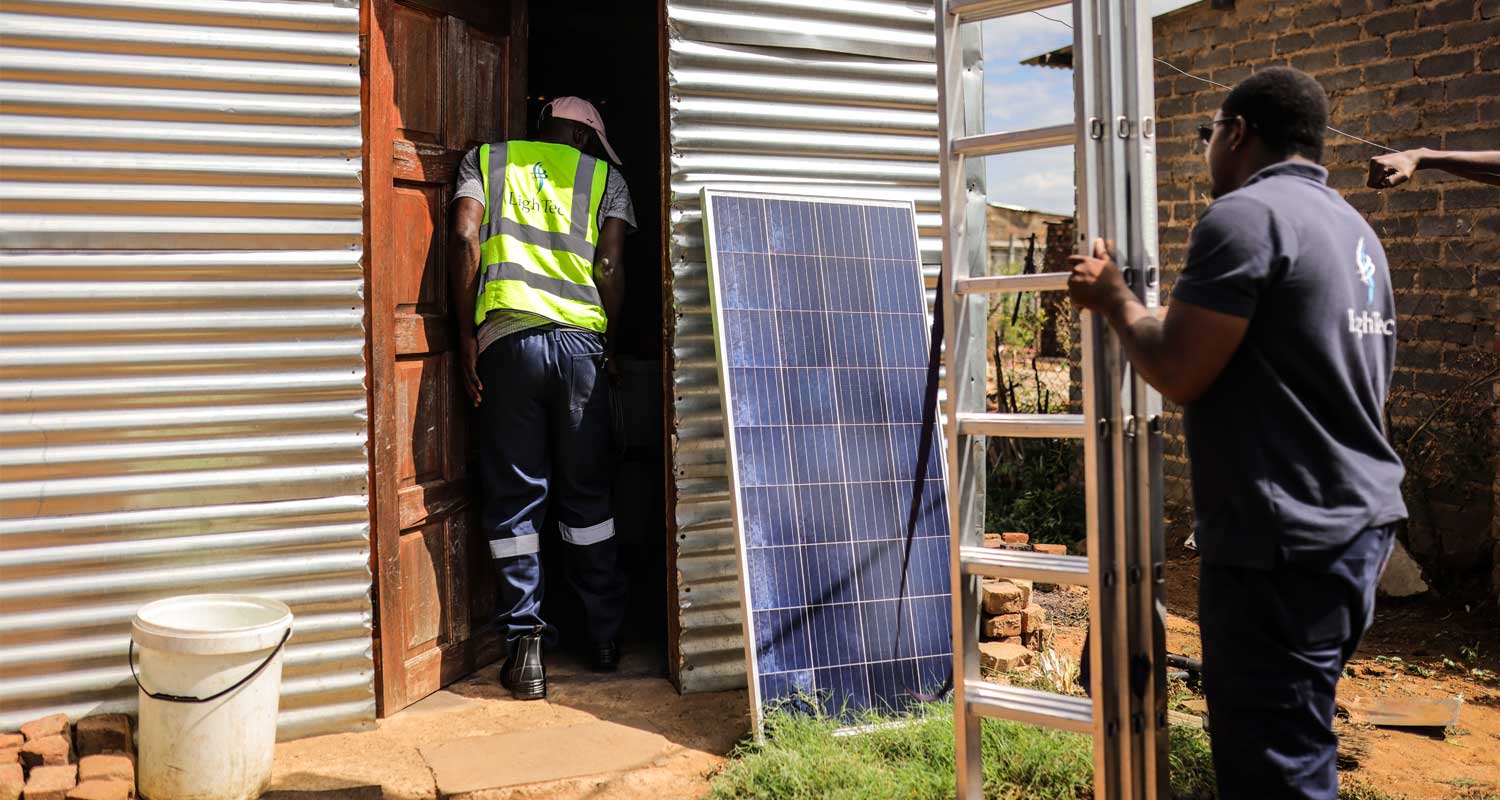
A project spearheaded by the University of Witwatersrand has launched a pilot study in Pretoria to examine the feasibility of the large-scale roll-out of microgrid inverter systems in informal communities.
Wits and its research partners have started the pilot project to study the potential of introducing small portable solar power systems into informal housing communities to provide electricity.
“The project, which makes use of the Pecogrid power brick developed by Prof Willie Cronje of the Wits School of Electrical and Information Engineering, aims to look at the viability of installing small microgrids into informal communities to assist in providing energy to these communities, while it may at the same time act as an income generator for individuals,” Wits said in a statement on Wednesday.
The university explained that the project was launched after David Everatt, professor of urban governance at the Wits School of Governance, and Prof Imraan Valodia, pro-vice chancellor: climate, sustainability and inequality, wrote an opinion piece in the media arguing that informal settlements could drive South Africa’s solar revolution.
“Because of enlightened self-interest, the authors argued, solar power in these communities could provide dwellings with power, while at the same time producing a source of revenue for house owners if the power is sold back to the grid.”
Watch | Vumatel’s audacious plan to take fibre to everyone
“As these households are not connected to the grid at the moment, local government will not lose any revenue should these communities – which are in desperate need for energy – be connected to solar power,” said Everatt in the statement. “If they have excess energy that they can sell to local government for cash, they will not only have energy, but will earn a much-needed income.”
How it works
Wits explained that as part of the pilot study, technicians from Lightec have installed two Pecogrid solar systems at houses in Kirkney, in Pretoria West. The systems both consisted of a portable Peco-brick – a 200W inverter unit with a 500Wh lithium-ion battery – connected to a 160W solar panel. One of the systems was connected to the Eskom grid, while the other was a completely off-grid system.
“The whole system is based on so-called ‘plug-and-play’ technology, where you can buy the equipment at a vendor, go home, connect the wires to the solar panel and you’re done,” said Cronje, who spent 10 years developing the system. “We put a lot of effort in making the technology as simple as possible, so you don’t need a professional electrician to install it.”
He said that a typical single-brick power system can power the lights in an informal dwelling, while also providing enough power to charge a cellphone. Additional batteries or power-bricks could be added to increase capacity to power a television and fridge.
“The system is modular, so you can add on further capacity as your economic circumstances changes,” said Lightec CEO Mario Roos. “Even if you’re moving into a formal housing structure, you can unclip the panel from the roof, take your little portable unit with you and connect it to your new house.”
The pilot study will run for up to a year to see whether the system can be used safely and sustainably, and whether it will add to the quality of life and livelihoods of the communities affected. – © 2023 NewsCentral Media

